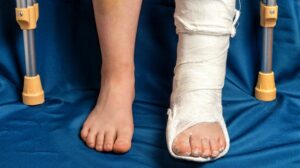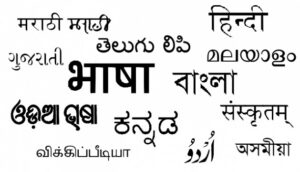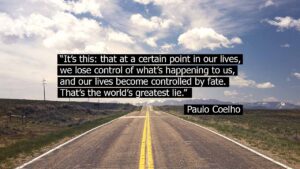In the digital era, where we have so many distractions, most of us make use of “to-do lists†to do what we want. But sometimes “to-do lists†don’t help us. How?
No matter how much we know about what we want to do, we just cannot do it. We know we should clean the home, we know we should do the laundry but we are binging over shows sitting on the couch. This can be closely related to the instant gratification of the digital era. Whatever we want, we get it then and there. You might be working on your next big project but then immediately you listen to the notification popping up on your home screen. You pause and look at the notification only to be found binding for the next hour or two. This is because of instant gratification replacing the gratification that should come from hard work and drive. Getting whatever you want instantly makes it difficult to focus on bigger goals or simply the ambition for a bigger goal disappears. This makes you wonder in the darkness why your productivity is falling.
Dopamine detox has been suggested to escape from this viscous circle of instant gratification. It is cutting down whatever has been making you instantly happy. I.e., if social media used to make you happy instantaneously, stop using social media for a while. If it was talking to your friends or binge-watching a series, you stop it for a while to detox from the dopamine effect.
But what is being observed is when things that excite a person has been removed from life, it doesn’t make the person productive. It makes a person a laxer. Because binge-watching or talking to friends has been the only things keeping their mind alive, especially during the lockdown.
So that’s when I found something. I am quite ardent in what I do and my source of dopamine was already limited. It was already limited to a few minutes of WhatsApp and a little less than an hour on YouTube. As I removed these from my life, I felt even more lax and tired. I felt sleepy and sleep became my new source of dopamine. That’s when I was done with the dopamine theory.
I already knew what I wanted to do. I already knew what the distractions were. But I just couldn’t be productive. What more should I know to become productive??
Immediately, I took a pen and noted down this – “things that I don’t want to do†or the “not-to-do†list
To my surprise, this list was an exact copy of my “to-do list†and even more. It even included stuff that I was consciously ignoring.
Finally, I caught the thief. Things that I didn’t want to do were the easiest of all. Completing them one by one not only made me productive and happy but made me understand why people are unproductive. It was my subconscious avoiding the most important things in my life as banal and ‘not important’ so that I could spend my time in the most stupid way. This was a quick and instantaneous way to catch the thief that stays within us.
But it should be noted that the “not to do†list should be brutally honest. It is a way of bringing forth the things that we hide from ourselves. Without honesty, we will never understand the joy of exposing our weaknesses. It is also important to keep in mind that the “not-to-do†list is a straight confrontation with our weaknesses. It requires strength and power to do what we don’t want to. It is straightway the biggest display of our potential to achieve things that we want in our life. It tells us how long and far we can go to achieve what we want. So keep in mind. It takes immense strength and power to do your “not-to-do†list.
We all know what to do. But sometimes, the most important things are left unnoticed in our “not-to-do listâ€.








